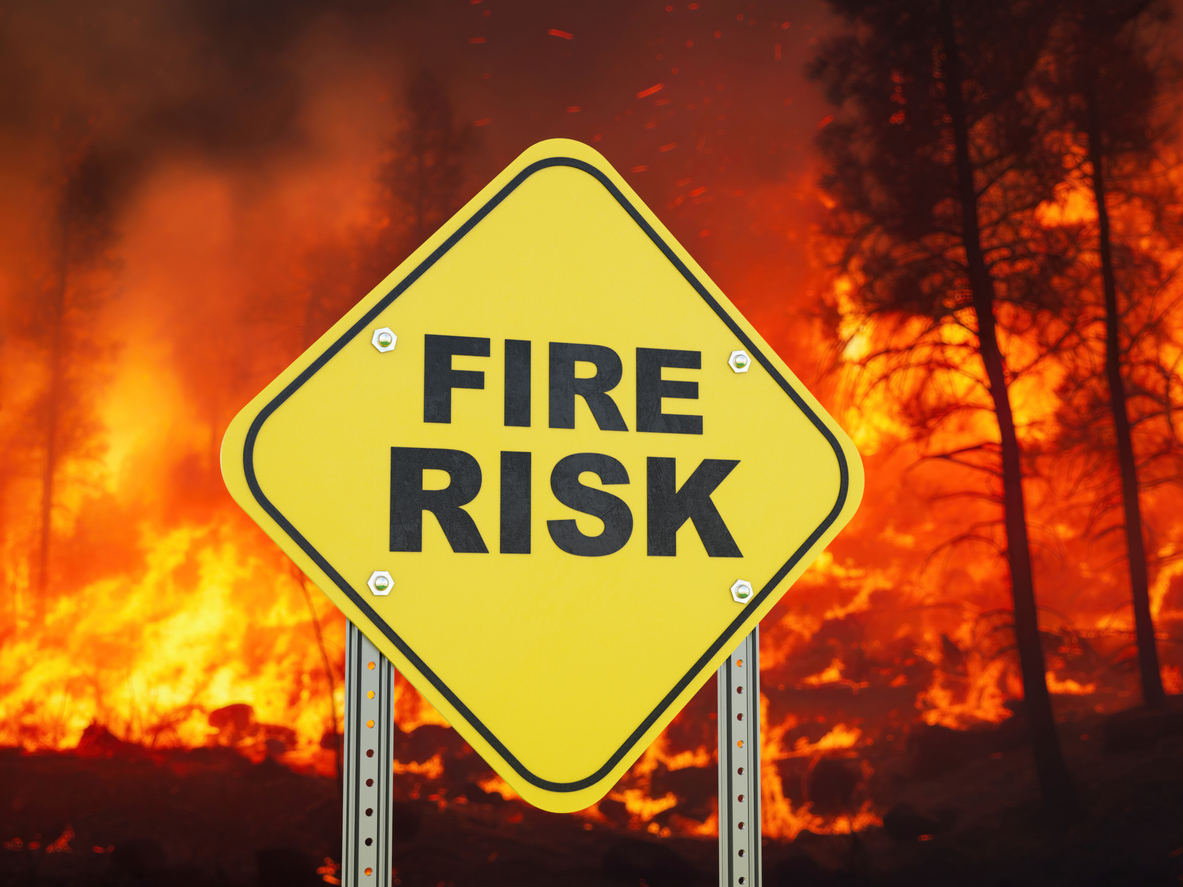I often hear this question when discussing a loss with a potential client or public adjuster: “Chip, isn’t it an all-risk insurance policy?” This question is often in response to a question I asked them: “What caused the loss?”
To prove the point of this blog’s title, in a recent trial court order finding for the insurance company, a judge noted the following facts of the case:
This dispute concerns an insurance policy…issued by Chubb to the Cutchalls, providing coverage for certain type of damages to their home occurring between May 29, 2021, and May 29, 2022. The policy insures against ‘risks of physical loss to the property,’ subject to several exceptions. The exceptions include loss caused by ‘wear and tear, deterioration,’ ‘any quality in property that causes it to damage or destroy itself,’ ‘dampness of atmosphere,’ or ‘rats, mice, termites, moths or other insects.’ According to Mrs. Cutchall’s affidavit, their home has been ‘insured in annually renewing insurance policies with CHUBB since 2003 with no lapse in coverage.’ During that period, Chubb inspected the Cutchalls’ home multiple times, including on June 15, 2020. The report from that inspection did not note any damage to the roof.
In September 2021, the Cutchalls submitted an insurance claim to Chubb for water damage to their house. Mrs. Cutchall spoke with Chubb’s adjuster on the same day. A few weeks later, Chubb sent two representatives from Nelson Forensics, LLC, including an engineer named Matthew Oestrike, to inspect the Cutchalls’ house. The report from Nelson Forensics concluded that the moisture in the house was due to deterioration or deficiencies in the way the house was built, not storm damage. Mrs. Cutchall asserts that an employee of Nelson Forensics made comments to her during the inspection that conflicted with his report, including that the readings on his thermal camera showed ‘water damage you don’t even see yet.’
The Cutchalls hired Nick Halliday, a public adjuster with Copperhead Claims, to assist with their claim. On March 2, 2022, Mr. Halliday and representatives from Chubb, along with Mrs. Cutchall, inspected the Cutchalls’ house. According to Mrs. Cutchall, Chubb’s inspectors stated during the inspection that there was water damage to the house caused by storm, wind, and hail. Mr. Halliday later produced a report attributing the water damage he observed on the Cutchalls’ house to wind and hail damage. The report included a link to a news story with the note: ‘Heavy wind and hail storm reported in Houston by channel 11KHOU on 05/18/2021.’
Chubb’s representatives, including Mr. Oestrike from Nelson Forensics, returned for another site visit on April 14, 2022. Mrs. Cutchall and Mr. Halliday again joined, and they ‘recorded the conversations during the . . . site inspection.’ According to Mrs. Cutchall’s affidavit, she asked one of the inspectors why the ‘water damage you don’t even see yet’ was not included in the first report, and Mr. Oestrike replied: ‘Well, that was the only thing we didn’t include in the report.’
Nelson Forensics prepared a supplemental report documenting the subsequent inspections. The report stated that the roof damage was ‘unrelated to wind or hail from any storm event,’ and that ‘the limited roof tile distress at the subject structure is due to as-built conditions, deferred maintenance, thermal and moisture variations in the roofing, improper shipping and handling, and/or mechanical impact/loading (i.e., foot traffic).’ The inspectors noted some indications of hail damage on the gutters and air conditioning unit, damage that they concluded was caused by hail impact occurring ‘most likely prior to 2020.’ This conclusion was based on Nelson Forensics’s assessment of weather data from two sources, along with the observation that there was ‘no evidence of wind distress’ at the property.
During the six months after the Cutchalls filed their claim, they worked with six different adjusters from Chubb. In total, they worked with eight adjusters from Chubb. The Cutchalls hired DryMore Company, a water damage and remediation company, to investigate water damage in their home. The Cutchalls also hired a mold remediation company and a roofer to assess and fix the damage to their home.
In June 2022, Chubb sent a letter to the Cutchalls explaining the results of its investigation, including that the damage to the Cutchalls’ house was ‘a result of several different causes of loss including a hail event prior to 2020, roof distress unrelated to wind or hail, as built defects, changes in temperatures between the interior and the attic space, prior plumbing leaks, and localized movement.’ Chubb issued a $27,385.81 payment to the Cutchalls for covered damages. The Cutchalls never cashed the check. 1
Instead, from the facts provided, the policyholders filed a lawsuit before hiring experts to determine the cause of the loss. There may have been valid reasons to do so. But, based on the facts provided and more information, which I will discuss in tomorrow’s follow-up post, no experts for the policyholder were hired to determine the cause of the interior water damage before the lawsuit was filed.
When policyholders fail to hire their own experts before the lawsuit is filed, it is hard to have a cohesive case strategy and to determine the true facts to allege in a lawsuit. What happens if the experts who are retained later indicate opinions that vary from the public adjuster’s or policyholder’s beliefs of the cause of the loss?
The simple rule is that when the insurance company has experts who will provide evidence and opinions that indicate a loss is excluded, the policyholder or the policyholder’s public adjuster needs to hire experts to vet the veracity of the insurance company experts.
I will provide a follow-up in tomorrow’s post regarding the entirety of the judge’s conclusions for the insurance company and more lessons from this case.
Thought For The Day
“Knowledge is power.”
—Francis Bacon
1 Cutchall v. Chubb Lloyd’s Ins. Co of Texas, No. 23-3745 (S.D. Tex. Dec. 31, 2024).




